- yuxip's home page
- Posts
- 2015
- 2014
- December (2)
- November (1)
- October (2)
- September (6)
- August (2)
- July (1)
- June (3)
- May (4)
- April (1)
- March (2)
- 2013
- December (1)
- November (1)
- October (3)
- September (3)
- August (2)
- July (1)
- June (2)
- May (1)
- April (3)
- March (1)
- February (1)
- January (1)
- 2012
- 2011
- My blog
- Post new blog entry
- All blogs
FCS jet Energy/pT resolutions, calibration issues
Resolutions
I've calculated the energy and pT resolutions of forward jets in FCS, using the 1M jet filtered M-C sample I showed in the previous blog. The detector fiducial are was defined as
2.8 < eta_{jet} < 4.0
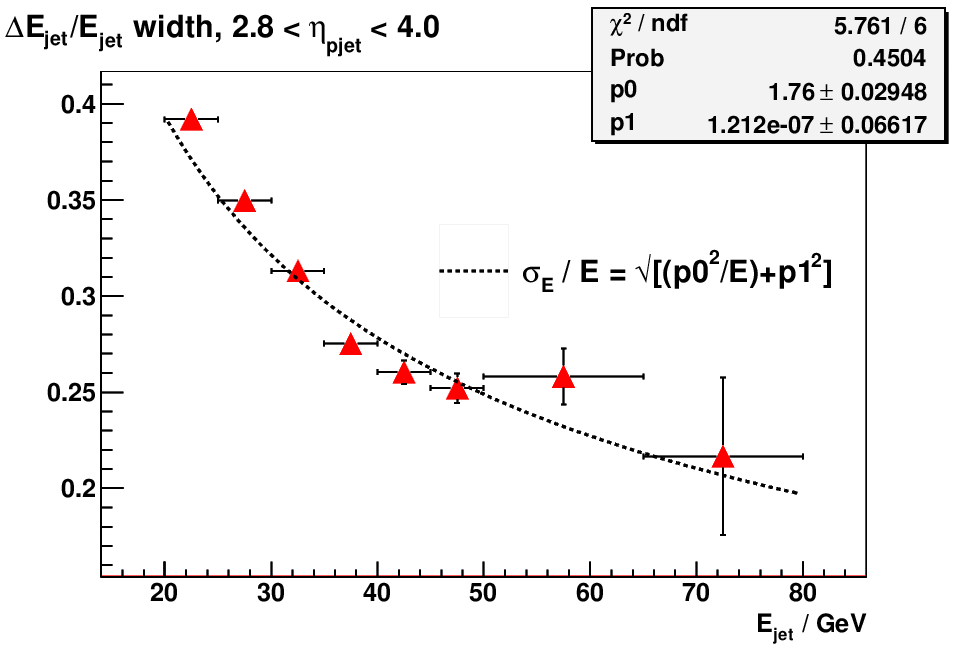
Figure 1. jet energy resolution
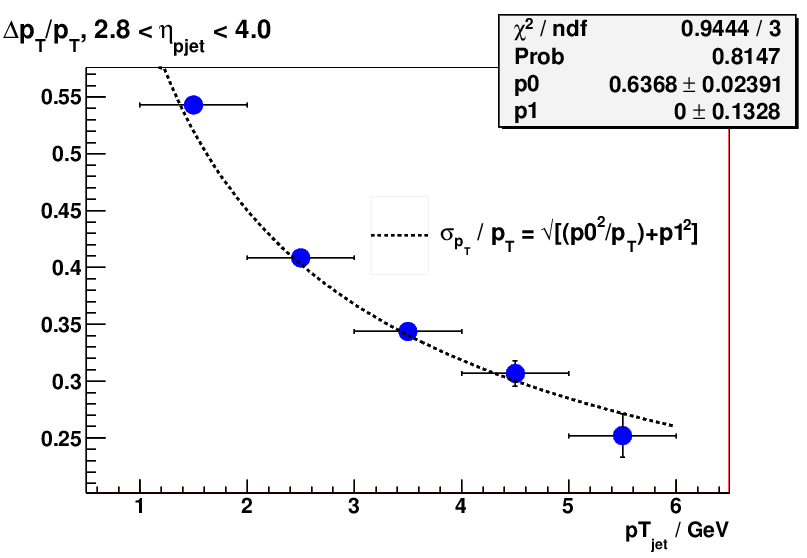
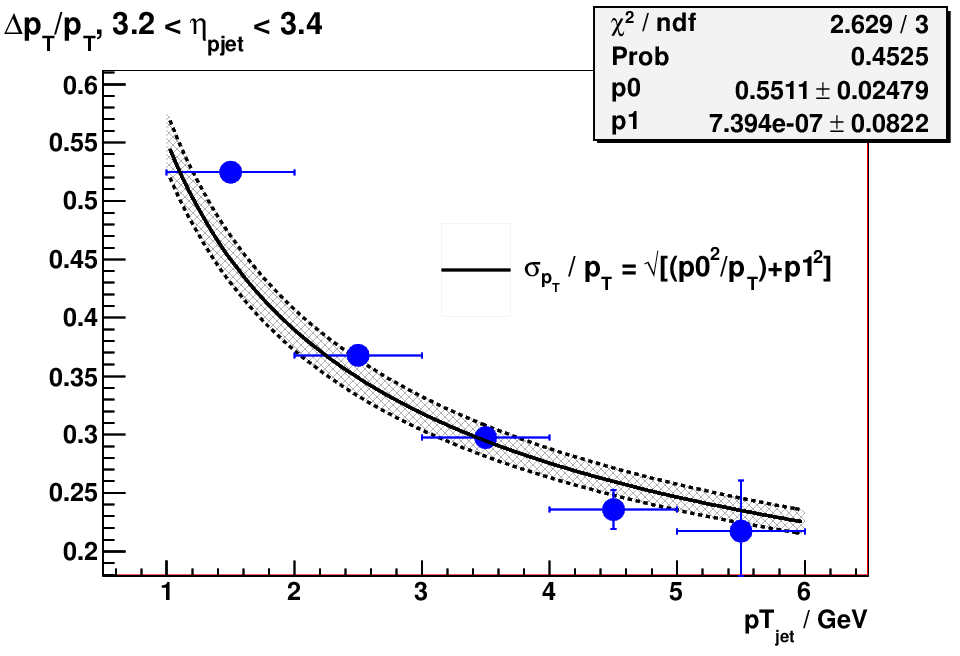
Figure 2 a). jet pT resolution over the entire fiducial area Figure 2 b). jet pT resolution at eta = 3.3
Calibration
There was a concern on the calibrations when calculating the jet energies and pT, which could lead to significant disagreement between the pT spectra of particle and detector jets beyond resolution effect (bin migrations). See figure 5 b). in the previous post.
Here I'll briefly describe how the calibration was done in simulation. The purpose of calibration in MC is to determine the relation between visable energy deposit in the active detector
volumes and the true energy of the particle which initiated the shower. I used 10 ~ 100GeV single electrons to set the calibration of EM section of the FCS and 10 ~ 100 GeV single pi-
to calibrated hadronic section of FCS. Calibration of hadronic section with charged pions may have protential problems for a longitudinally segmented detector system in which the HCAL is sitting behind the ECAL, the problem gets more serious when both of the section are non-compensating. In these cases the calorimeter response varies depending on the
species of the incident particle (baryon/meson) and the starting point of the shower. But since FCS is close to being compensating, it suffers less from the above effects. And it's
probably godd enough to calibrate it with single hadrons.
In order to reduce the influence of the ECAL I selected penetrating pions by requring Evis_em / Evis_total < 0.1, as shown below. And use these pions to calibrate the HCAL.
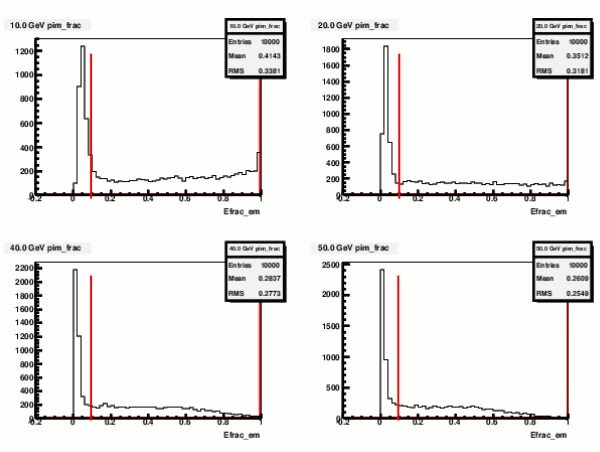
.gif)
Figure 3 a). fraction of total visible energy in ECAL, pi- FIgure 3 b). HCAL calibration
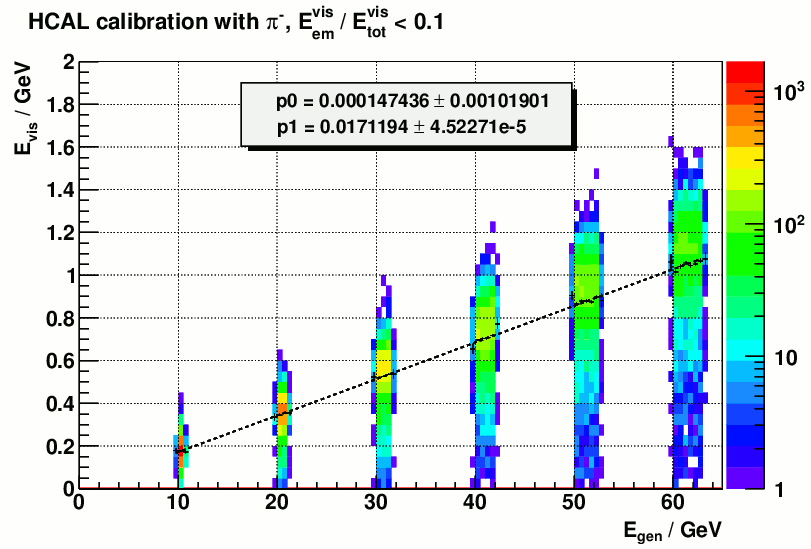
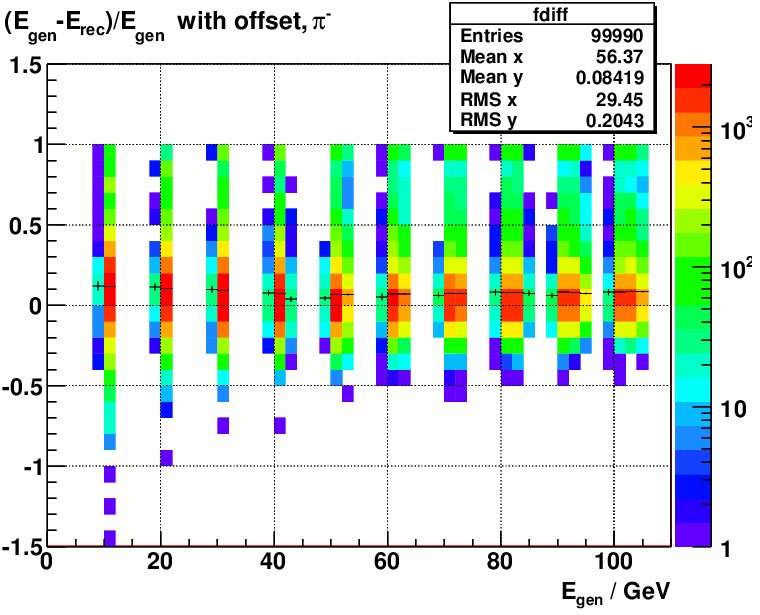
Figure 3 c) HCAL calibration 10 ~ 60 GeV pi- Figure 3 d). reconstructed pion energies vs generated, using b) calibration.
There could be potential shower leakages at E ~ 100 GeV, and the generated energy actually has a small spread at the norminal value. Figure 3 c) was another calibration made with 10 ~ 60 pi- and plotted against the real generated energy. Figure 3 b) gives a calibration constant ~8% lower than Figure 3 c). But the calibration from figure 3 b) was used in the jet reconstruction. Figure 3 d). shows the reconstructed pi- energy vs generated, using Figure 3 b) calibration.
Calibration of ECAL is shown in Figure 4 below.
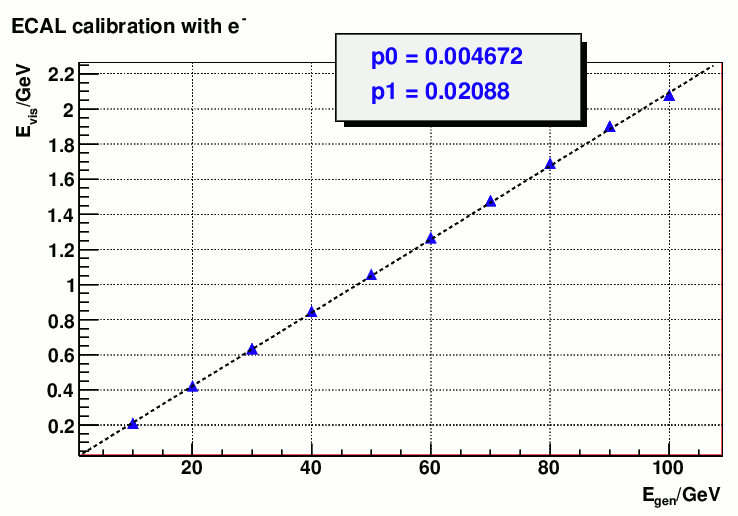
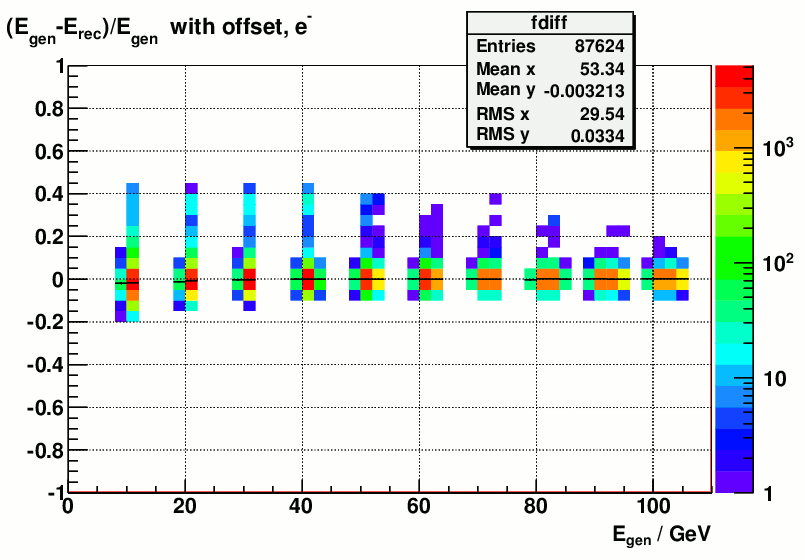
Figure 4 a) ECAL calibration Figure 4 b). rec. electron energy vs generated
In terms of jet reconstruction, Figure 5 shows the differences between particle jet and detector jet energy pT and energy.
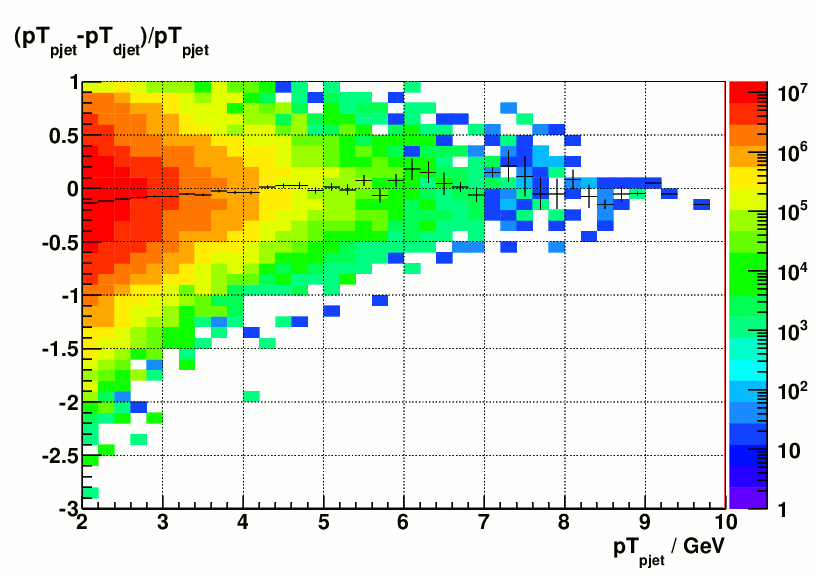
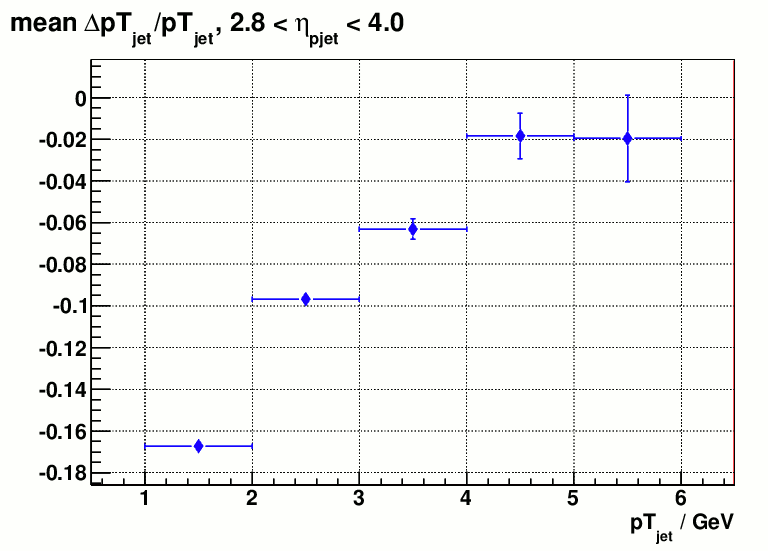
Figure 5a). particle jet pT - detector jet pT Figure 5 b). mean particle jet pT - detector jet pT vs particle jet pT

Figure 5 c) particle jet E - detector jet E vs particle jet E
At low energy/pT reconstruction jet energy and pT are systematically lower than particle jet, which can be explained by the resolution effect -- detector jet pT or E simply has to be
above the threshold ( or 0 ) in order to be reconstructed, but there is no upper limit of how high the reconstructed E or pT could be. At high pT there is almost no difference between
detector jet pT and particle jet pT. But detector jet energy seems to be lower than particle jet energy. It's probably because of the shift in jet pseudorapidity, which can be seen from
figure 3 a) of the previous post. There's already an indication that particle jet eta is slightly higher than detector jet eta. This positive shift in pseudorapidity could become more significant at higher energies just because the particle shower maximum becomes deeper at higher energy, and the detector jet eta was evaluated at nomial depth (which is at the
center of the tower for now).
So in a short summary, Figure 3 c), 3d), 5 a), 5 c) togther suggest that the current calibration of the HCAL could be underestimated by about ~8%.
In term of jet pT spectrum there was a concern that in Figure 5 b) of the previous post where I showed the particle/detector jet pT at eta = 3.3, the yield of detector jet at high pT just
seems to be way overestimated than what can be explained by the bin migrations from resolution effect. As a simple cross check with the current calibrations, I took the parameterized pT resolution from Figure 2 b) of the current blog and smeared the particle jet pT according to this parameterization. The distribution of smeared pT distribution and
particle/detector jet pT is shown in FIgure 6 below.
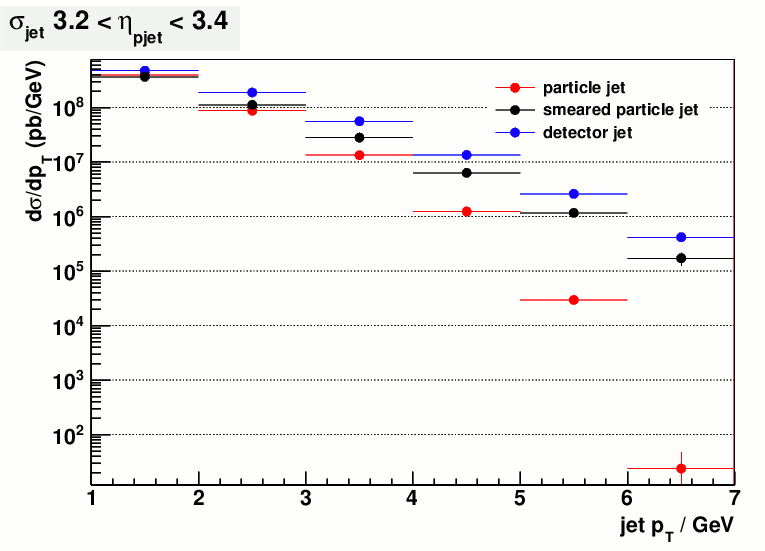
Figure 5. smeared particle jet pT distribution (black)
It can be seen that most of the discrepancies between particle/detector jet yield could be explained by bin migrations caused by pT resolutions. The reason that we see a huge bin
migration is partly due to the steeply falling pT spectrum at sqrt(s) = 200 GeV. Here the pT forward jet is very close to the kinematics boundary, and it falls off as (1-X_{F})^a / p_{T}^b,
where a and b are about 5 or 6. For sqrt(s) = 200 GeV, a jet with pT = 5 or 6 GeV could reach X_{F} ~ 0.8, which falls significantly faster than highr cms energies. So the combined
effect of jet pT resolution and steeply falling spectrum could lead to a large bin migration effect.
- yuxip's blog
- Login or register to post comments
